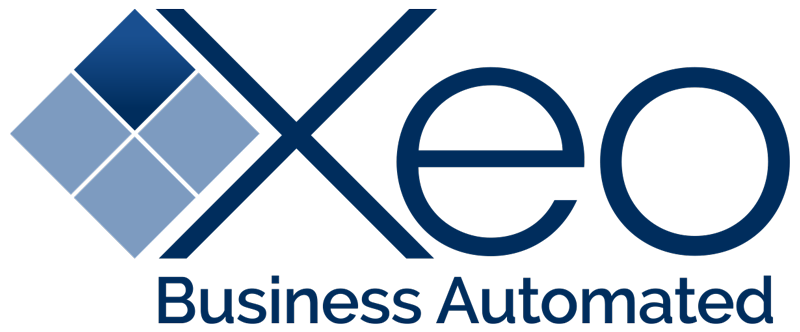At most organizations (one that don’t use small business dashboards, at least), data isn’t centralized. Each department has its own key performance indicators (KPIs) and metrics, and they’re all measured and housed in different silos throughout the company. For the busy executive, this isn’t just frustrating—it’s a hindrance.
To gather the information necessary to make company wide decisions, these executives are forced to track down data points from various department heads, sift through countless emails and documents, make calls to numerous employees for clarifications and tend to a number of other time-consuming tasks. It’s inefficient, ineffective, and results in a less-than-ideal decision-making process.
Small Business Dashboards Help Decision-Makers
To make the best decisions for their company, executives need to have all company KPI tracking data at their fingertips in a centralized location. They need to be able to see how one metric relates to another, how it compares to past data, and how it looks against various benchmarks and industry trends. Unfortunately, this just isn’t possible when metrics are spread thin throughout the organization.
Small business dashboards can provide a method to the madness. With a business dashboard, you can pull together disparate data points to form a cohesive, organizational big picture – one that can be used by executives to fuel decisions, power company wide changes and drive long-term success.
Business dashboards allow executives to see the entire story: how their organization is faring in every department and as a whole, how sales and revenues are trending, what this year’s performance looks like compared to last year’s, and much, much more. Best of all, they allow these important data points to be visualized in line graphs, pie charts and other representations that let you see the state of your company instantaneously. These visualizations can help you:
- Spot trends and down slopes – Easily see increases and decreases in sales, revenues and other numbers instantly. This allows you to reinforce successful strategies or implement changes to remedy problems.
- Identify bottlenecks – Quickly pinpoint areas where efficiency, productivity or profitability is stalling and needs attention, then use that data to drive decisions that circumvent those bottlenecks and improve company wide efficiency.
- Note milestones and achievements – With small business dashboards, tracking organizational goals is simple. Metric visualizations allow you to easily see what milestones you’ve reached, as well how close you are to reaching your goal. Then, you can implement strategies to help you reach your objective faster and more efficiently.
- Compare performances against past metrics, industry-wide numbers and national or state averages – This can give you an idea of not just how your company is performing internally, but how it’s performing in the general scheme of things – the industry, the economy, the market, etc. This can give you powerful insights to make changes and drive success.
Without business dashboards, bringing company wide metrics together is extremely difficult. Not only is it hard to physically get the information in one place, but it’s also hard to make sense of it – to see how one metric relates to another, and what they all mean for your company. Small business dashboards help with both of these aspects, bringing your disparate data points together in one seamless, cohesive way, so you can see exactly how your organization is performing.
See Your Big Picture
Are your company’s data points scattered throughout various departments? Is it hard to track down all the information you need to make decisions? Is it even harder to make sense of it all? Then consider Xeo’s free business dashboard tool. Our dashboards can help simplify your KPI tracking experience, and bring clarity to those disparate, disjointed numbers.

































